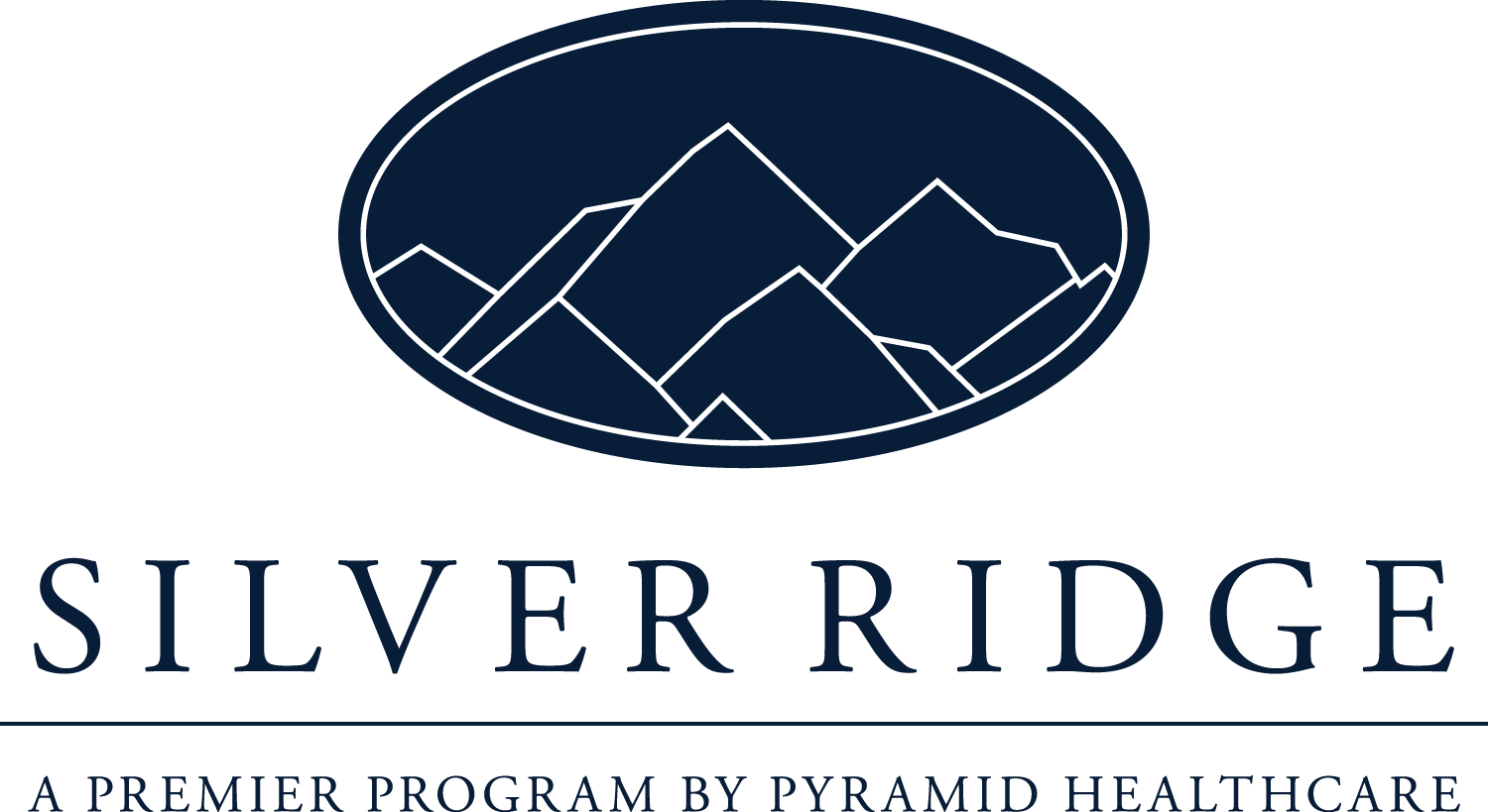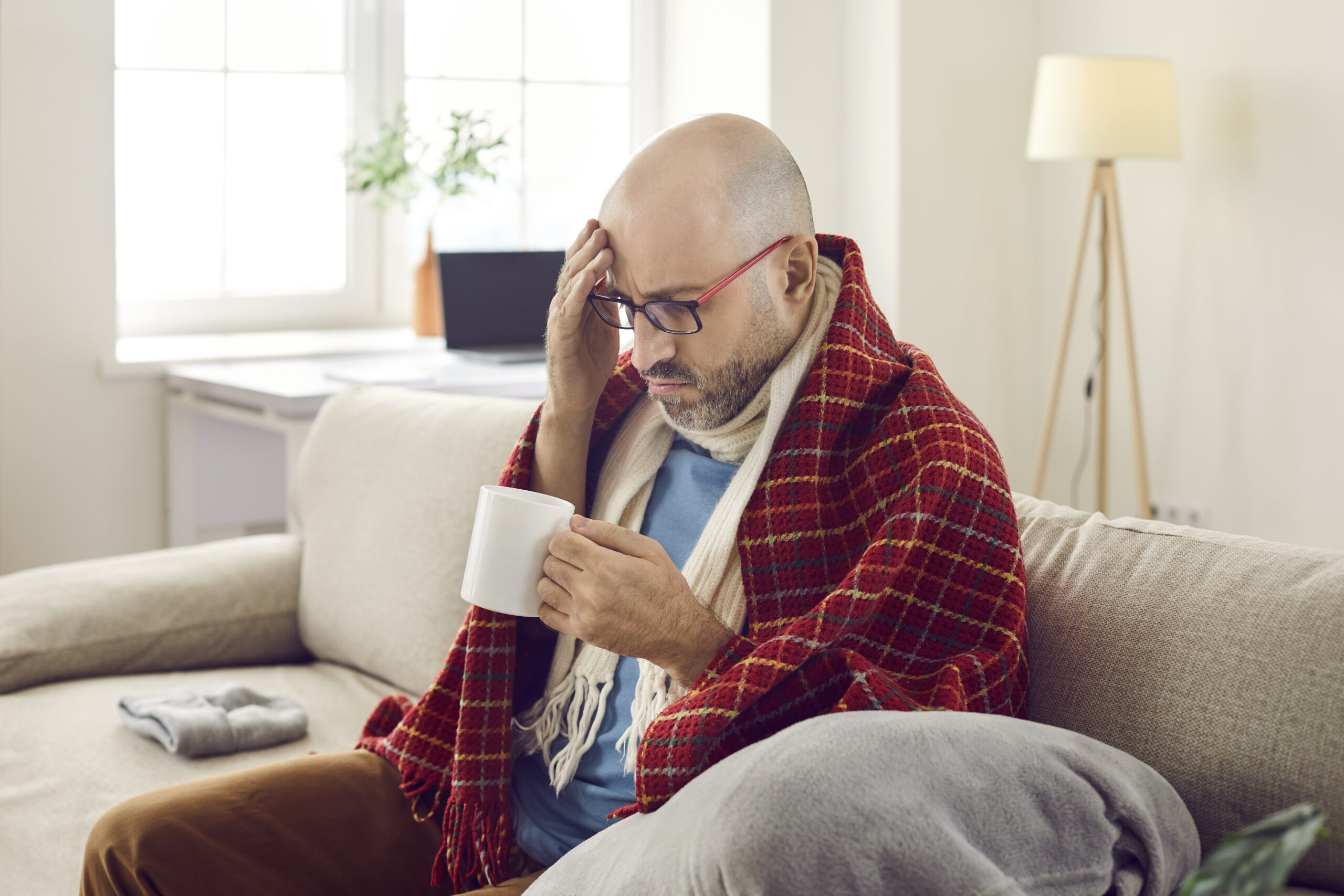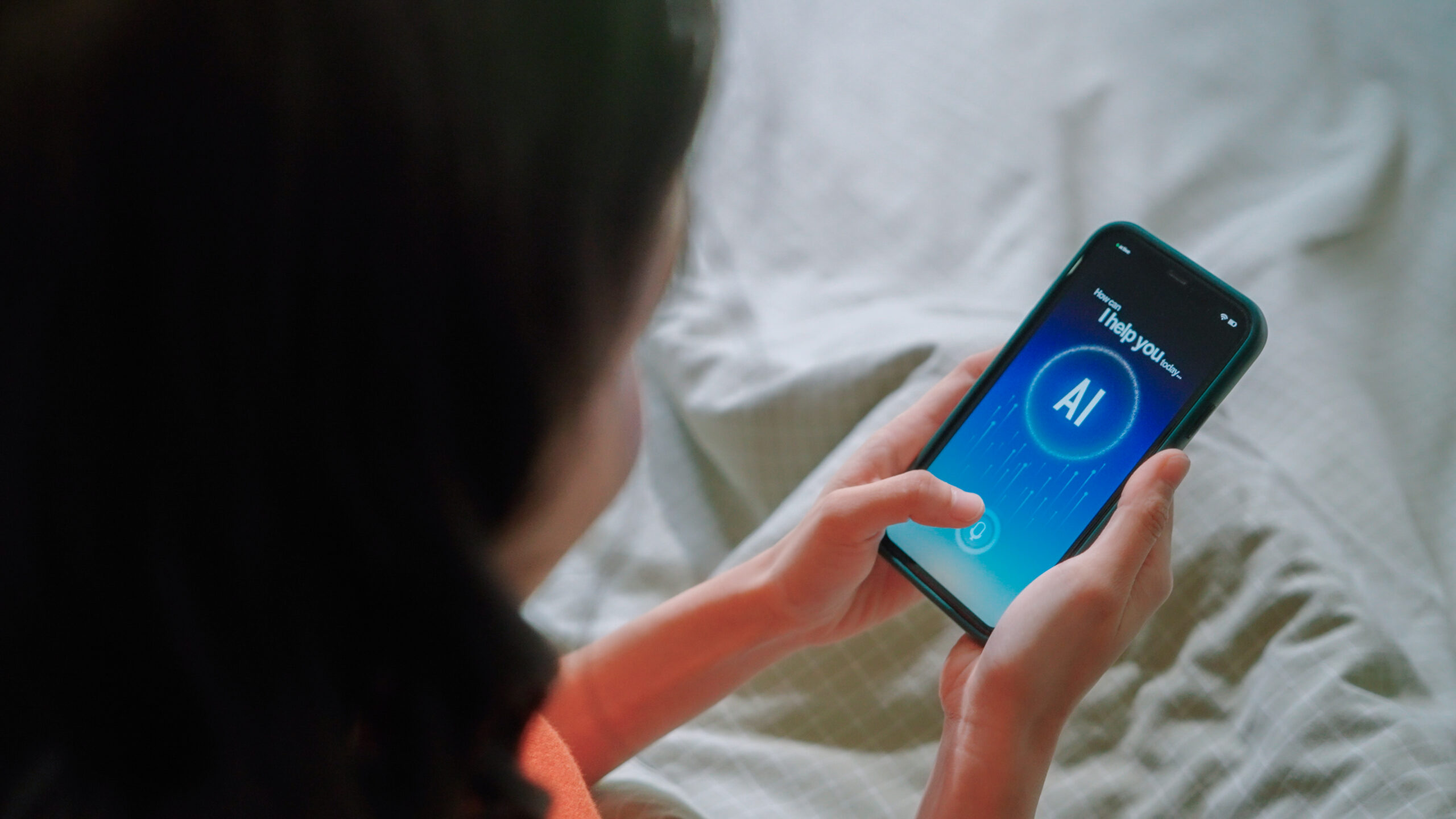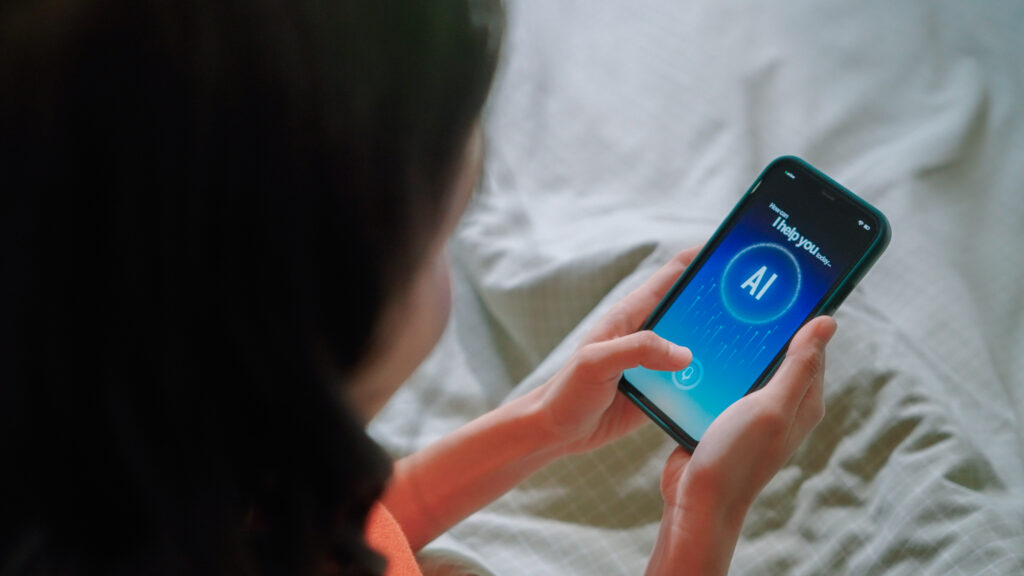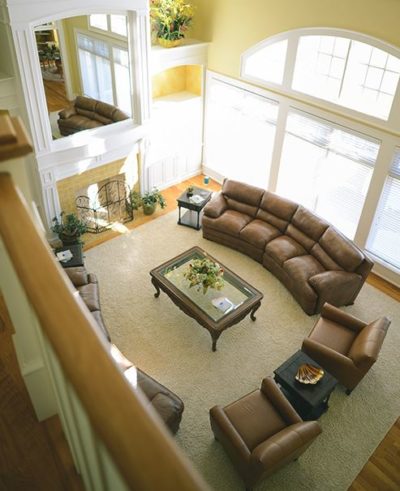When Sleep Fails: The Hidden Crisis in Recovery
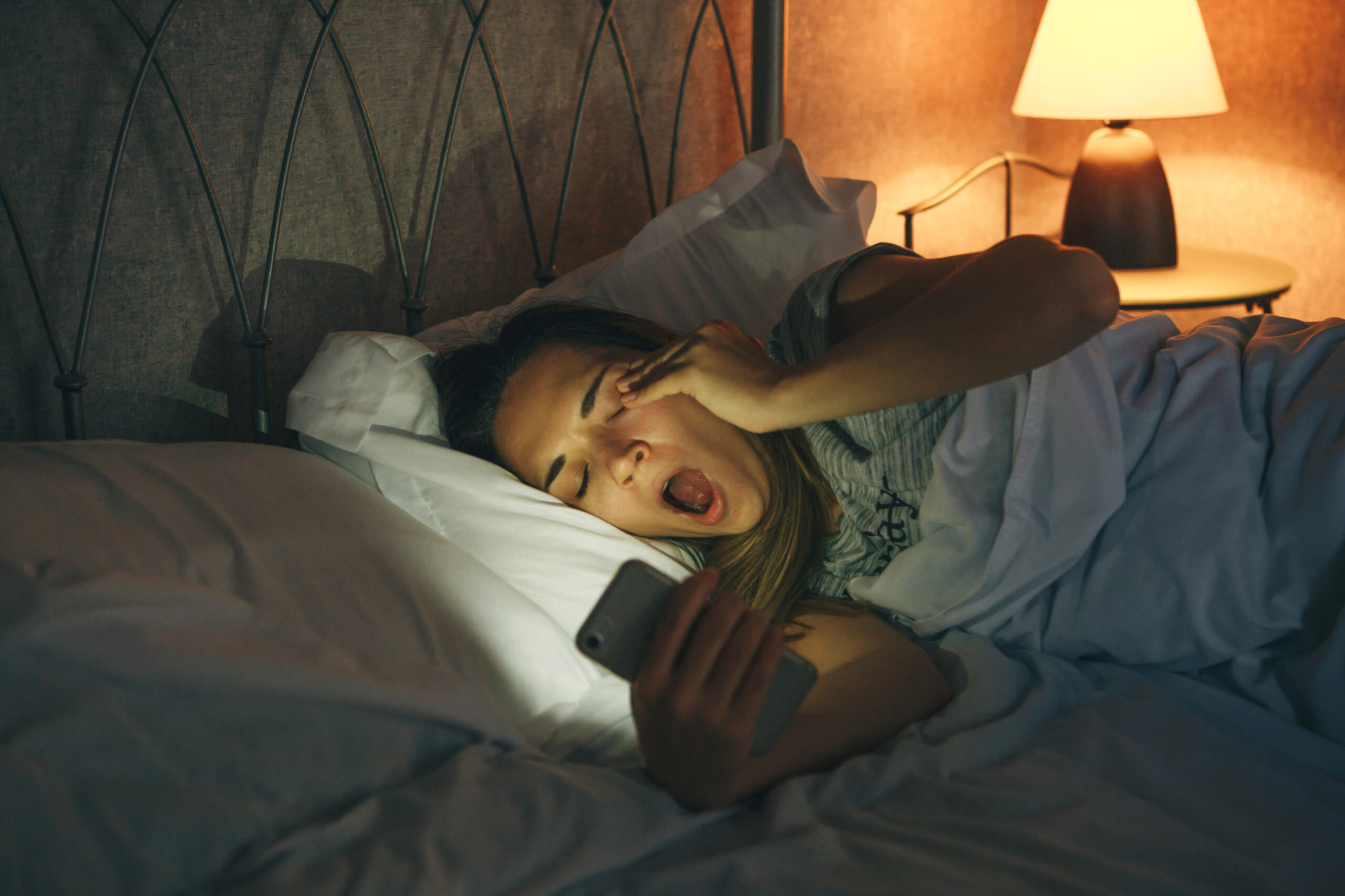
Night After Night: Recovery’s Longest Struggle
For many people in recovery, the nights feel the hardest. Insomnia and restless sleep don’t just make you tired—they chip away at your resolve, weaken emotional defenses and make relapse more tempting.
Research suggests that insomnia is extremely common among those recovering from substance use disorders. One study showed that people with alcohol use disorder can suffer insomnia at rates ranging from 36% to 91%. Another finding: among 74 people recovering from alcoholism, those with baseline insomnia had double the relapse rate compared to those without.
In early sobriety, insomnia may be as much as five times more likely than in the general population.
How Alcohol & Drugs Hijack the Sleep Cycle
Many turn to substances thinking they’ll help them relax or sleep—but in truth, they disrupt the body’s internal systems. Here’s how:
- Alcohol may cause drowsiness initially, but it fragments sleep. Deep sleep is reduced, REM phases are disrupted and awakenings are more frequent.
- Stimulants (cocaine, meth, misused prescription meds) keep the brain in overdrive, making sleep hard or patchy.
- Opioids decrease sleep quality and sometimes lead to conditions like sleep apnea.
- Cannabis in heavy or chronic use suppresses REM sleep; upon withdrawal, vivid dreams and broken nights often follow.
- Kratom can alter circadian rhythms and lead to restlessness, particularly in withdrawal.
When the brain has been accustomed to chemical influence, rebuilding healthy sleep architecture is a process—one that’s often rough in the early days of recovery.
Sleepless Minds: The Toll on Mood & Relapse Risk
Lack of restorative rest does more than make you groggy. It undermines everything that recovery needs:
- Emotional balance unravels — anxiety escalates, irritability grows and stress feels unbearable.
- Coping capacity diminishes — decision-making suffers, cravings become harder to resist.
- Depression intensifies — for those already dealing with mood disorders, insomnia deepens existing symptoms.
In fact, disturbances in sleep are linked to higher rates of relapse in individuals recovering from substance misuse. In other words: no matter how far someone has come, poor sleep can erode that foundation.
When Seasons Steal Light: SAD’s Shadow Over Recovery
When winter rolls in and daylight shrinks, many people slip into a seasonal low—seasonal affective disorder (SAD)—a variant of depression tied to lower light exposure. In the U.S., about 5% of adults experience SAD each year. Some studies say prevalence may vary by latitude and methodology, but the key is that SAD is very real and impactful.
Symptoms often include fatigue, low motivation, changes in sleep (either too much or too little) and feelings of hopelessness. For someone in recovery, SAD can deepen insomnia, sap motivation and increase relapse risk during winter months.
That One-Hour Shift: Daylight Savings and Mood
You might not expect daylight savings to affect mental health—but it does. Studies show time changes can disturb circadian rhythms, cause sleep disruption and trigger mood shifts.
For individuals in recovery—already balancing fragile emotional and neurological systems—this shift can be destabilizing. A lost hour may seem trivial, but for the sleep-deprived, every minute counts.
Repairing Rest: How Recovery Reclaims Sleep
The path back to healthy sleep is rarely quick—but it’s possible. At Silver Ridge in North Carolina, we treat rest as central to wellness, layering clinical and holistic strategies:
- Mindfulness, breathing and meditation to slow racing thoughts at bedtime
- Yoga and somatic work to release physical tension
- Ecotherapy & outdoor light exposure to align circadian rhythms (especially during SAD seasons)
- Nutrition guidance to avoid stimulants at night
- Therapeutic approaches like CBT or ACT to address persistent worry or trauma
- Sleep hygiene routines—consistent bedtimes, limiting screens, creating restful sleep environments
Over weeks and months, many clients report deeper, more restorative sleep—and with it, clearer minds, stronger moods, and better resilience in recovery.
When Sleep Trouble Isn’t “Just a Phase”
If sleepless nights persist for weeks or months, or if they begin to fuel cravings, depression or extreme fatigue, it’s time to get help. Sleep isn’t an optional bonus—it’s a pillar of healing.
At Silver Ridge, our coed program recognizes this. We support clients in rebuilding healthy rest through evidence-based therapy, medical oversight and whole-person care.
Reclaiming Rest, Reclaiming Recovery
Recovery is more than abstinence—it’s rebuilding the systems that support life: emotion, thought, connection and sleep. From substance disruptions to seasonal shadows, multiple forces can chip away at rest. But with the right support, healing rest can be reclaimed.
At Silver Ridge in North Carolina, we help people rebuild restful nights as part of the recovery journey—because healing doesn’t happen in exhaustion. It happens in rest, renewal and quiet strength.
